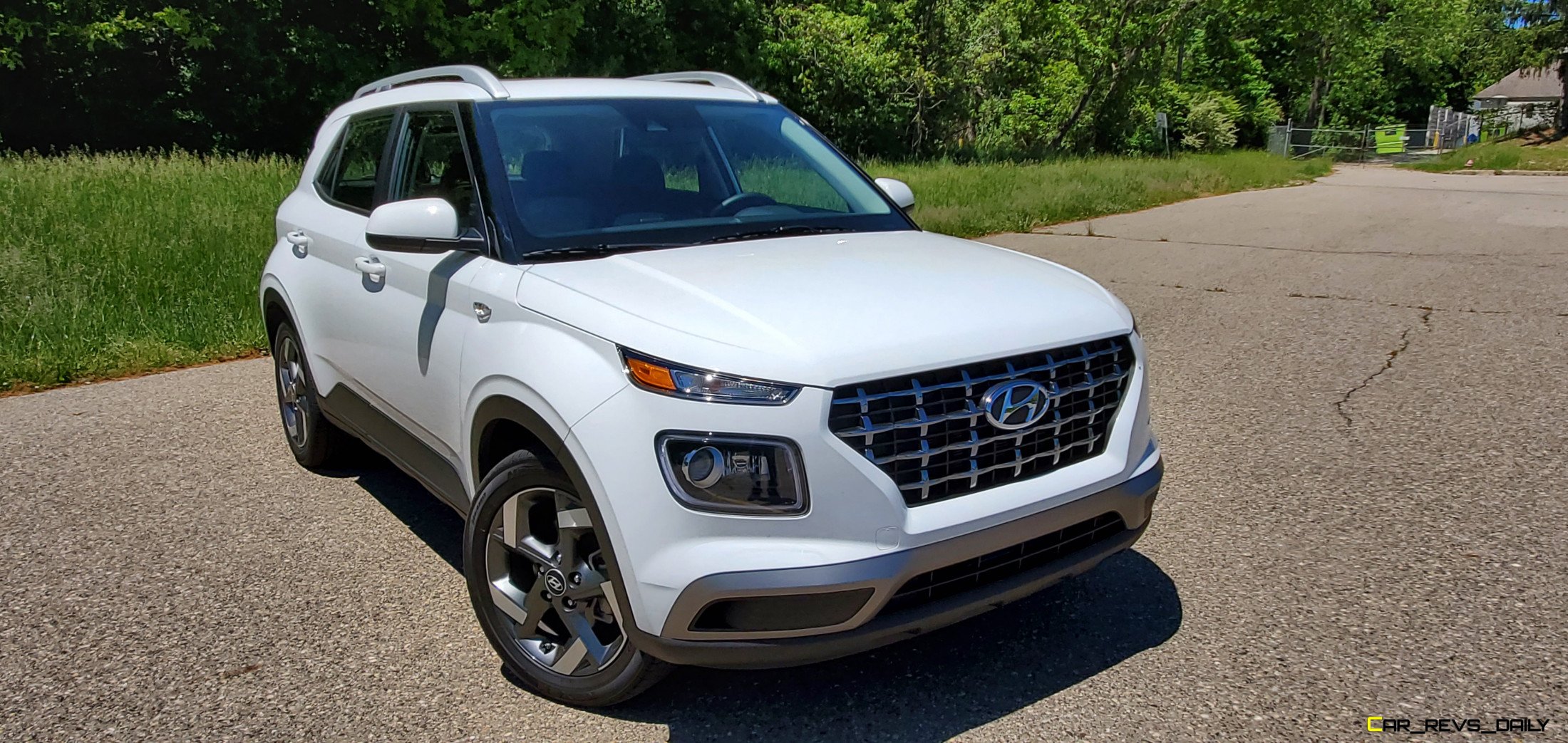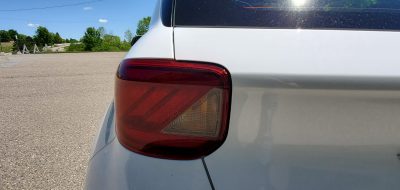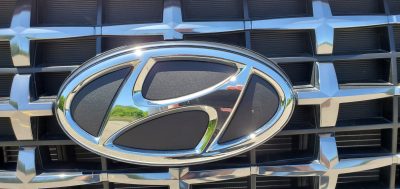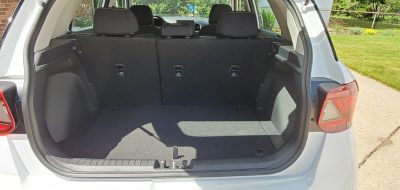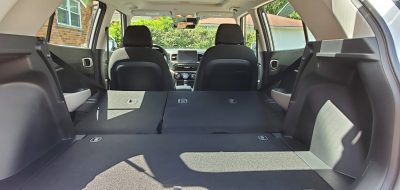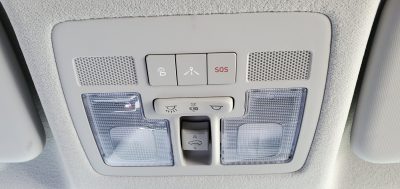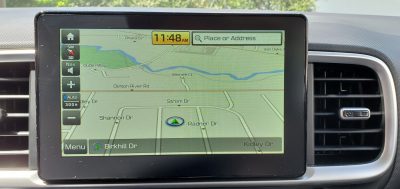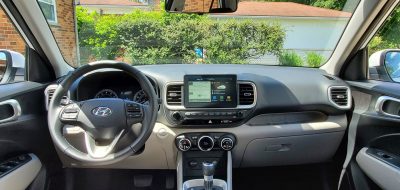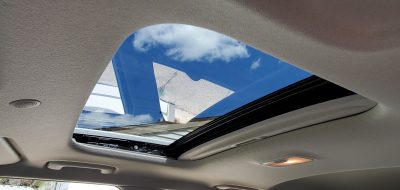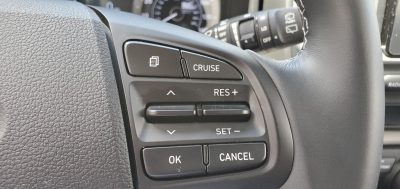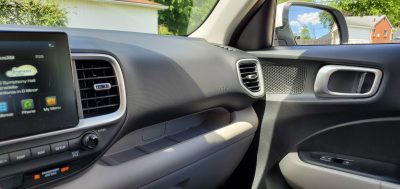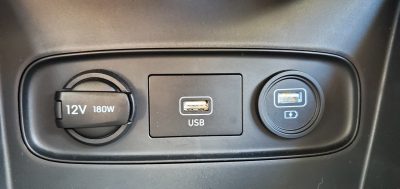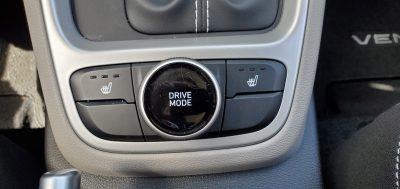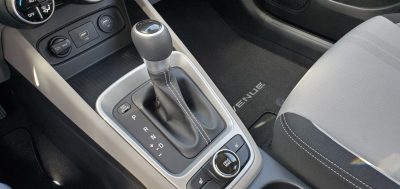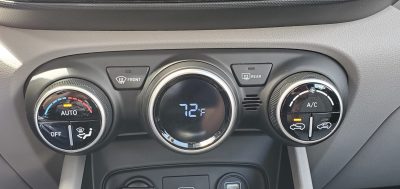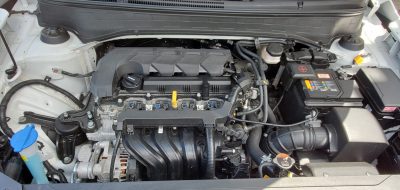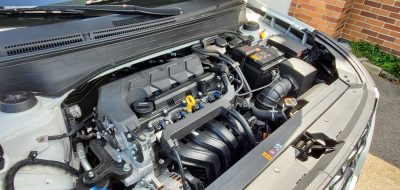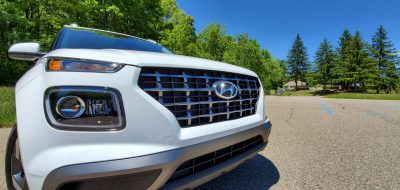Small crossovers make up an increasingly large percent of new vehicles sold in the U.S. In fact during last year alone, one out of four vehicle sold in the U.S. was either a subcompact or compact crossover, which is a very vivid indicator of just how important the segment has become in the automotive world. Hyundai is no stranger when it comes to this key class of utility vehicles, with the Korean car giant already wielding two very potent entries in the form of the Kona and Tuscon. But the company realizes that there is still room to expand, and it has formally unleashed the 2020 Hyundai Venue to compete in the fiercely contested entry-level segment.
Impressive value in a compact package:
When Hyundai created the Venue, it knew that the model would face a very crowded battlefield, with rivals such as the Nissan Kicks, Kia Soul, Toyota CH-R, as well as a few others all vying for a piece of the action. While there are a number of familiar traits that exist in the core of its construction, there are still a number of unique details that allow the Venue to stand out from the rest of the pack. The exterior styling is admittedly a love it or hate it affair, but after spending a week with our Ceramic White SEL grade tester, we actually came to appreciate its inner charms. The Venue comes with many of the modern design cues that have already made their debut in other Hyundai models, but in a more shrunken down package. The front grille for example is somewhat reminiscent of the larger Palisade, with slim running lights, larger headlights below that, and the brand’s trademark “cascading” front grille. The lower part of the grille even gets a silver hued running board that runs along the lower part of its chin. It’s not functional as is the case with the one on the Palisade, but it still serves as a very nice and attractive styling element.
The body cladding and the roof rails also do their part to make the Venue look more rugged, but arguably the biggest selling point will undoubtedly be the boxy shape. It’s not quite as upright as the Kia Soul, but it does allow the Venue to make a unique styling statement and that should appeal well to younger buyers. On that note, we’re still scratching our heads a bit at the targeted demographic that Hyundai has for the Venue. According to company reps, the Venue’s primary audience are “young aspirational females who have a side hustle for extra income” which does make it seem like Hyundai’s marketing department was grasping at figurative straws in this regard. Instead, we suspect that in addition to young buyers, the Venue will also appeal to older buyers, especially those that are empty nesters, and need a small runabout for everyday errands. Showing the Venue to a few potential older buyers (who are friends of the office) solidified this point, with the upright styling being a key drawing point for them.
Subtle details highlight deceptively comfortable cabin:
When you look at the interior of the 2020 Hyundai Venue, you would be forgiven if it might not stand out very much to the eye at first glance. As far as materials go, there is nothing really new here, with the cloth seats in our tester being largely the same quality as you see in other subcompact CUVs. But unlike the Kia Soul or the Nissan Kicks, the seats make up for this by having a very welcoming contoured shape. This makes you feel like your sitting in the seats instead of right on top of them, and this feeling is highlighted even further in the second row. The rest of the cabin has a very inoffensive design, with cloth accents, splashes of soft black plastic, and logically placed switch gear. Our tester arrived with the $1,150 Convenience package which adds a leather wrapped steering wheel and shift knob to the cabin. The package also includes a power sunroof, sliding armrest, as well as a whole suite of safety equipment.
The Venue’s boxy shape also pays dividends in head and legroom. The Nissan Kicks is still arguably the segment leader for passenger space, with that model measuring in at 93.9 cubic feet. However, the Venue still has a very airy feel, and it’s spacious as well with front passengers getting 39.4 and 41.3 inches of head and legroom. The rear seats are also spacious, and even taller occupants will find a good amount of room back there, a rarity for the class. This in stark contrast to cargo space, which is one of the worst in the segment at 18.7 total cubic feet.
The Venue also comes with an impressive list of standard equipment. This extends to even the base SE model which comes with a standard 8.0 inch touchscreen infotainment system with Android Auto and Apple CarPlay baked in. With BMW charging a fee for access to Apple CarPlay, it’s very refreshing to see that Hyundai is bringing the latter service for free, especially in a vehicle that is in a youth focused slice of the segment. SEL models get the same screen, but it comes with navigation and satellite radio functionality. The infotainment system itself is very easy to use, with the home screen having a very cohesive and functional layout. The graphics are very crisp, and response to touch inputs is very impressive. Our only complaint is that we wished Hyundai designers would’ve found away to integrate the screen better into the dash, but we suspect this minor issue won’t deter younger buyers, especially tech savvy customers that crave the latest infotainment solutions.
Peppy Performance:
Performance for the Hyundai Venue comes from a 1.6 liter four cylinder engine that makes 121 horsepower and 113 lb-ft of torque. These figures are not exactly the strongest in the compact CUV segment, but they were enough to move our tester with reasonable peppiness and tenacity. The engine is eager to get off the line around town, but make the Venue undertake freeway driving, and the engine does start to feel weak in the knees. The 2,700 lb curb weight is roughly on par with others in the segment, and in certain situations feels more youthful than the Kia Soul and the Nissan Kicks. With Hyundai’s recent announcement that the slow selling six speed manual will be canned for 2021, our tester arrived with the soon to be sole transmission offering, a CVT. Unlike other CVTs that we have experienced over the years, this one is surprisingly good, with the unit not being buzzy or overly droning. Those two items are common problems on other CVT equipped vehicles, so it’s good to see that Hyundai engineers have largely quelled this issue.
The Venue even proved to be a reasonably fun offering to fling around twisty corners. It still has some of the body roll that often defines compact CUVS, but the suspension is still reasonably compliant, and the light steering is very quick in the hands. But the Venue’s main claim to fame is its fuel economy numbers, with our tester capable of achieving 30 mpg in the city, and 34 mpg during freeway driving. The Venue also boasts a 32 mpg combined rating which is pretty good, though it still loses to the 33 mpg Kicks by 1 mpg.
Value Quotient:
Pricing for the 2020 Hyundai Venue is squarely targeted at young buyers, with the Venue being one of the most affordable entries in the class. Base models start at $17,350 which is lower than the $17,490 Kia Soul and the $18,870 Kicks. However, loaded SEL models like our tester command significantly higher pricing, with our loaded tester ringing in at $23,290. That price included the $1,140 worth of associated fees as well as two optional add-ons. That pricing is glaring when one considers that both the Soul GT-Line and Kicks SV undercut the SEL slightly, with both of them asking $22,190. The Soul in particular is more expressive than the Venue at this price point, and can be equipped with a more powerful engine. Other rivals include the Ford EcoSport and the Chevrolet Trailblazer, but the EcoSport lags behind the Venue in a few categories, while the Trailblazer can’t quite match its interior quality.
With Hyundai ready and eager to enhance its growth in both the CUV and SUV segments, look for the Venue to eventually play a key role in luring young buyers to Hyundai showrooms, especially once it has the chance to fully integrate itself both in the showroom, as well as the minds of young buyers.

Carl Malek has been an automotive journalist for over 10 years. First starting out as a freelance photographer before making the transition to writing during college, his work has appeared on numerous automotive forums as well as websites such as Autoshopper.com.
Carl is also a big fan of British vehicles with the bulk of his devotion going to the Morgan Motor Company as well as offerings from Lotus, MG, and Caterham. When he is not writing about automobiles, Carl enjoys spending time with his family and friends in the Metro Detroit area, as well as spending time with his adorable pets.

